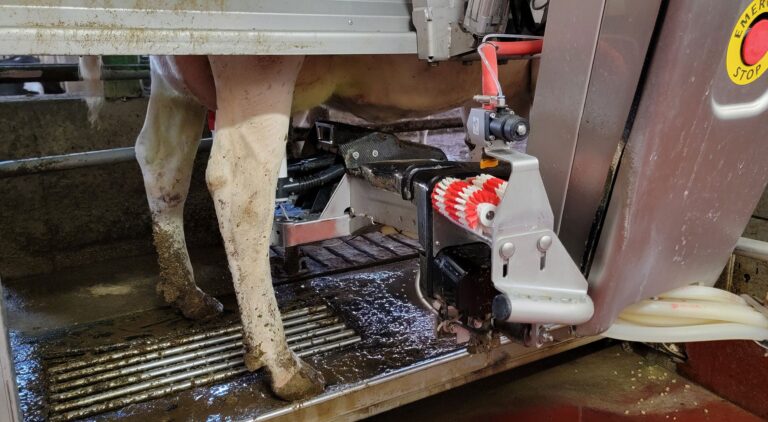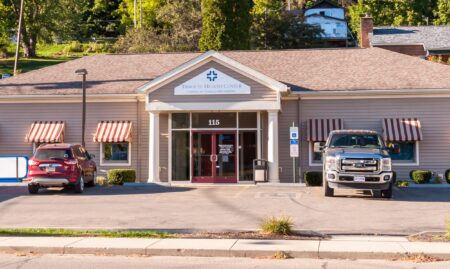Dairy equipment dealers are reshaping milking as more milk comes from robots. Driven by demand for animal data and labor efficiency, robotic systems have become essential tools on many farms — the dealerships serving as the bridge from technology to barn.
Whitney Davis can visualize farms across New York in his head, mapping an estimated 120 operations that use robotic milking systems (RMS). Davis has been selling Lely robotic milking systems since 2007, becoming one of the first to do so in the United States, when the Dutch technology crossed the Atlantic to Canada and then into New York.
“It was very new and very rare in the United States at that time,” he said. Finger Lakes Dairy Services, Davis’ team, now sells the third generation of Lely robotic milking systems.
As labor availability decreases and wage rates rise, dairy producers are turning to all the technology they can access. From milking equipment and refrigeration to manure handling and feeding systems, dealerships have seen robotic solutions become a substantial portion of their business today — and a permanent fixture in the industry.
“The days of people building double sixes, double eights, double ten milking parlors are very rare, because you can put robots in for the same cost, sometimes even less,” Davis said.

According to Research and Markets, the global robotic milking market was valued at $3.26 billion in 2024, with projections to grow to $5.3 billion by 2029, nearly an 11 percent growth rate. Companies such as GEA, DeLaval, and Lely hold majority of the market share of robotic milking systems with a combined 200 dealers in the U.S. alone.
Robotics can milk, monitor, and move
The adoption of robotic milking systems remains low but is steadily increasing. Nationwide, about 5 percent of dairy operations currently use robotic milking systems, almost 1,000 farms, concentrated in the Midwest and Northeast. Globally, 34,000 systems are in use, with much higher adoption rates.
The average RMS system is installed in free-stall barns, allowing open movement of cows and unrestricted access to the milking robot. The regular function of that farm, including stalled feeding or grazing systems, can remain unchanged, just a certain number of robot units would replace a parlor. Automatic milking systems allow cows to be milked when they want, but at the frequency determined by farmers. Cattle wear electronic tags or collars that tell the robot which cow is being milked, track milk yield, and sometimes monitor activity levels or signs of illness.
Lainey Koval, extension support specialist at PRO-DAIRY of Cornell University, a program to increase the competitiveness and sustainability of New York’s dairies, said labor is the number one reason most farms adopt robotics, both in terms of cost and availability.
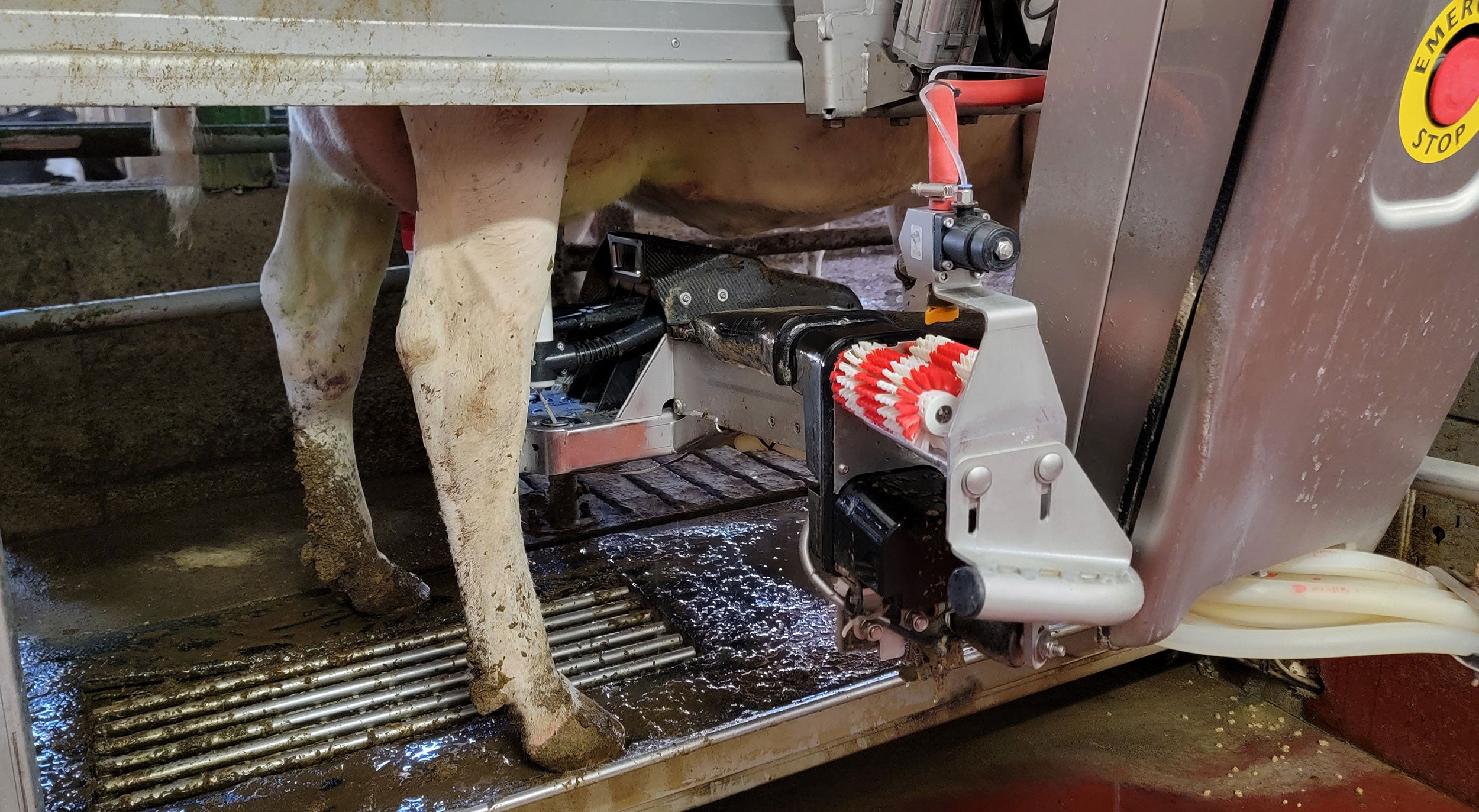

Farm operations face more drivers each year that encourage dairy technology adoption, including labor scarcity due to changing immigration policy, consumers demanding traceability, and agriculture inflation — increased input costs without higher food product prices reaching the farmer. For herds of about 60 cows, where studies show the highest economic gains from RMS adoption, the impact is especially significant.
A recent Cornell study on large-scale farms (roughly 390 cows) using automatic milking systems found farmers estimated labor costs dropped by over 21 percent, 58 percent saw higher milk production, and 32 percent reported improved milk quality. Farmers noted better resource use, labor savings, and animal welfare. While 54 percent would recommend automated adoption, 38 percent “suggested considering additional aspects prior to adoption.”
Still, the U.S. is falling behind in adoption due to a few key barriers, including the unique debt portfolios of U.S. farmers, high initial investments, and that “operational management changes represent a major decision,” Koval explained.
The average robotic unit, whether straight-entry or side-entry, costs almost $200,000 and can service about 60 cows. However, “There are other robotics that complement the milking system too,” she noted.
In recent years, farmers still expected averages of five to seven years to recoup investment in RMS systems, the same values calculated a decade ago.
Technologies that are easier to incorporate — and that farmers list at the top of their capital expenses for next year — include milk meters for real-time yield data, ear tags to track cow activity, collars for rumination and health monitoring, feeding software to manage diets and rations, and automated feed movers.
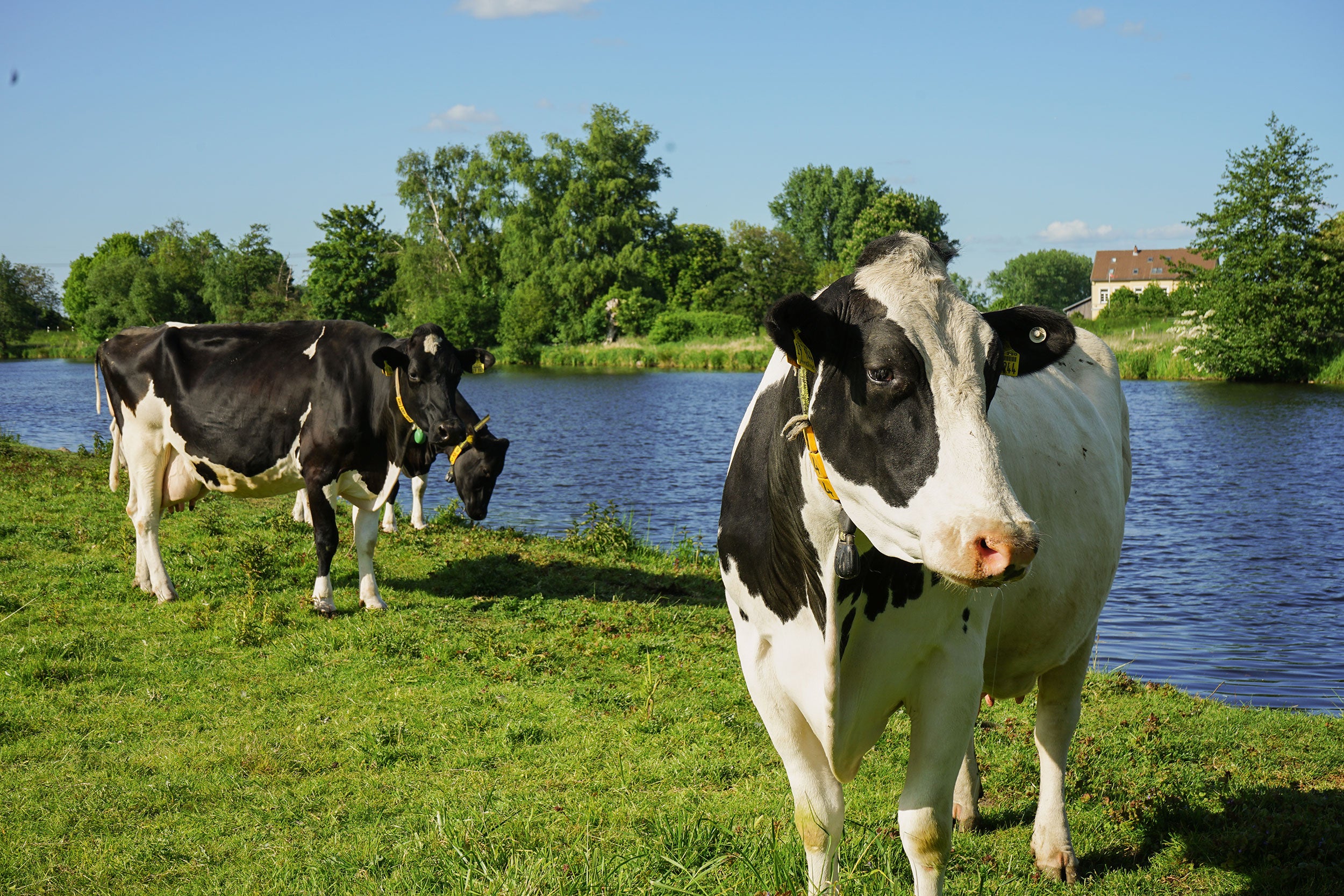

Koval works on Cornell’s Dairy Profit Monitor, which surveys dairy farmers across the state about farm-level financial efficiencies and management behaviors.
“For farmers, it can be hard to justify a major investment in technology that hasn’t been around very long,” Koval said. “We hear them ask: Will it increase milk production? Will it boost labor efficiency enough to be worth it? They want to see results first.”
Right time and place
Davis uses the network of robotic dairy farms in New York as his showroom and evidence of results.
Although dairy equipment sales teams like Davis’ have organized open houses, advertising campaigns, and producer presentations over the years, Davis said farmers usually already know what they want. They just want to see systems in action, measure results, and be confident that such a major operational change is practical for them.
He explained that there is no standard building plan, “it depends on the specific dairy, their situation, and their future.”
Davis described a few key types of farms that are showing interest in moving forward: operations struggling to find labor and seeking flexibility; veteran producers who want to keep farming without fully retiring; and farms where a second generation is stepping in, preparing for expansion and long-term efficiency.
Each operation, regardless of structure, is trying to do two things: manage more animals in less time and reduce labor needs. In 2024, the average gross wage for livestock workers was $17.45 per hour, with added pressure from overtime wage laws in New York .
Between 2006 and 2021, the U.S. Department of Agriculture reported farm employment gains in New England (6,200) and the Mideast (2,800). But these gains are overshadowed by a 35 percent drop in national farm employment since 1969 and by the steady, often unreported decline of domestic labor, as more dairy families leave the business.
“With robots, you have a fixed cost of milking. If you buy the robots today, your cost to operate them will be the same five years from now. That’s not the case with labor, which keeps getting more expensive,” Davis said.
Add one, add more
The Hartschuh Dairy Farm in northern Ohio has been using milking robots for seven years.
“It was becoming increasingly harder to find labor to milk. We had been using a parlor previously, and one of the reasons we looked at automation was to address those labor challenges,” said Rose Hartschuh.
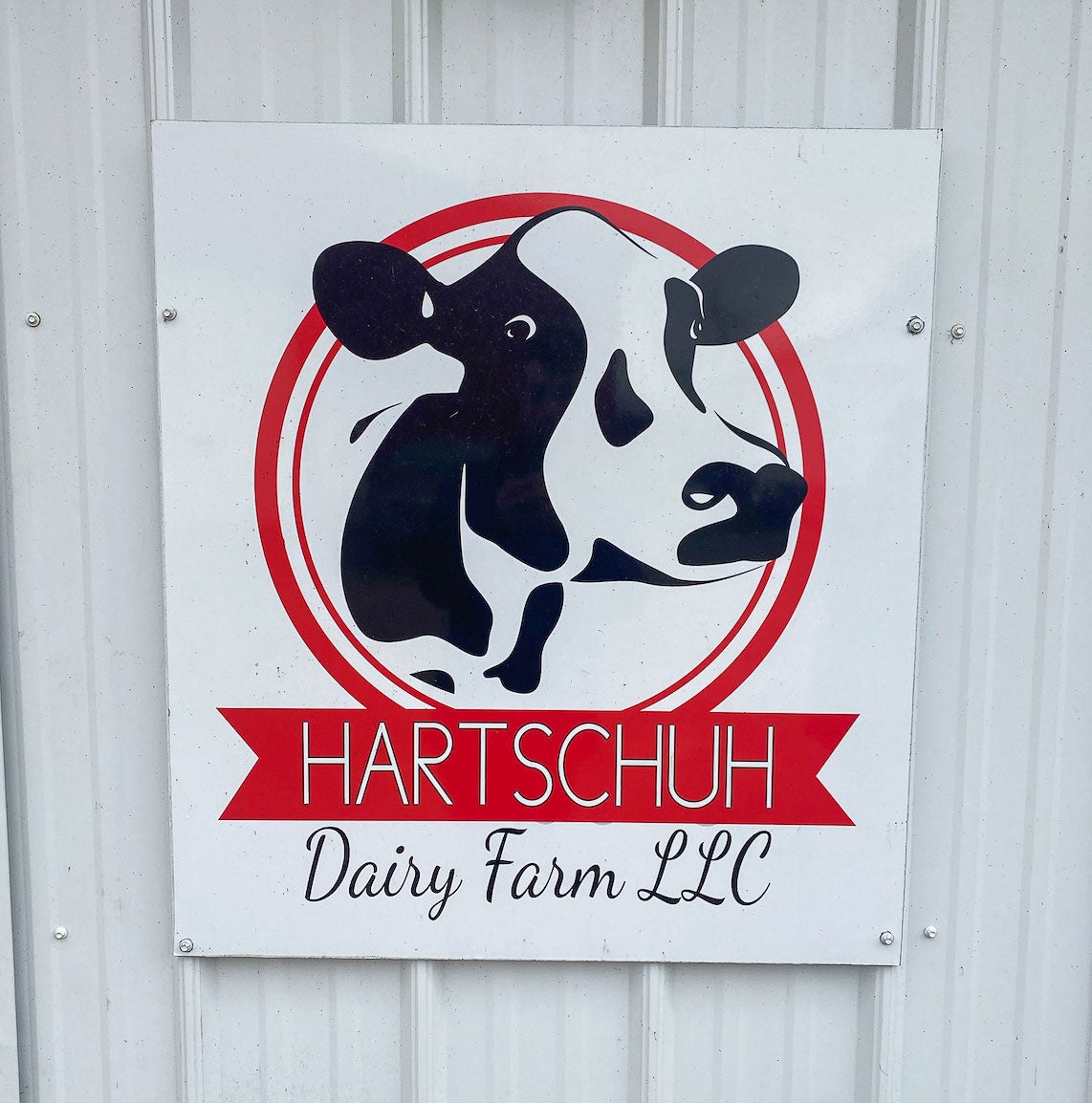

Their journey into robotics began in 2018 with a 180-cow Holstein operation and the installation of three GEA milking robots. After driving six hours to see a working system at another farm, they partnered with their dealer to retrofit their own facilities. Once the system was online, collecting data and milking efficiently, they began exploring further opportunities for optimization. By 2024, they had added four more robots, expanded their herd to 360 cows, and added activity monitors.
Often, to reach robotic technology, farms first start by digitizing farm records. Only 13 percent of dairy farms use computerized milking systems — which account for 45 percent of U.S. milk production. Only 10 percent use computerized feeding systems, yet those operations account for 52 percent of milk production, according to a USDA report.
One common misconception, she noted, is that switching to robotics didn’t reduce time in the barn — it made that time more flexible. “We spend as much, if not more, time in the barn,” she said. “But it’s more flexible when we do it.”
Hartschuh Dairy has since invested in education, founding a nonprofit agriculture education organization called Acres of Adventure, and Hartschuh Seed Solutions, offering agronomic services for the county.
“I think there’s a huge opportunity for smaller producers, especially those who want more flexibility and still want to manage the cows themselves, to use robotics to help manage the herd,” said Hartschuh.
What made that possible, she added, was seeing other farms use the technology successfully and having relationships with dealers who were ready to retrofit their existing system.
Jake Zajkowski is a freelance agriculture journalist covering farm policy, global food systems and the rural Midwest. Raised on vegetable farms in northern Ohio, he now studies at Cornell University.


:max_bytes(150000):strip_icc()/44467609092_de0dd33a28_o-ea570461a64240d9bdad9717b3374b48.jpg)

:max_bytes(150000):strip_icc()/Markets-2-Storm-candlestick-up-9-4bd8982c0a6b4c0e9e01a0d2bcb070ed.jpeg)


